2 potential technologies for Vietnam's nuclear power
Choosing the right technology is the key factor determining the success of the nuclear power program in Vietnam. Currently, there are 2 technologies that have potential and are suitable for Vietnam.
This is the information given by Mr. Nguyen Hoang Linh, Director of the Department of Radiation and Nuclear Safety, Ministry of Science and Technology (MOST) at the conference to review the work of the first 6 months of the year and deploy tasks for the last 6 months of 2025 of the MOST.
Generation III+ Light Water Reactor (LMR)
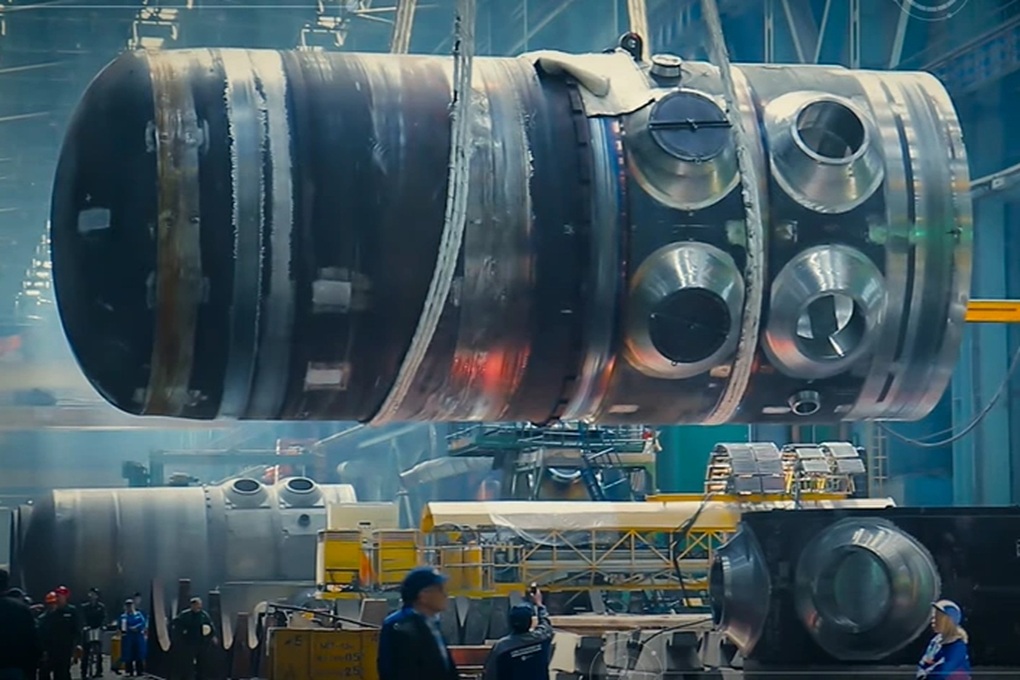
VVER-1200 reactors are operating in four countries: Russia, China, Bangladesh, and Belarus (Photo: Getty).
This is a technology with a large power generation capacity of over 1000MW. A prominent example is the Russian VVER-1200 reactor. This technology has a long service life (60-80 years), a long refueling cycle (24 months), reduced radioactive waste, and a standardized, modular design.
Generation III+ light water reactors (LMRs) also have better efficiency (35-75%).
Small Modular Reactor (SMR)
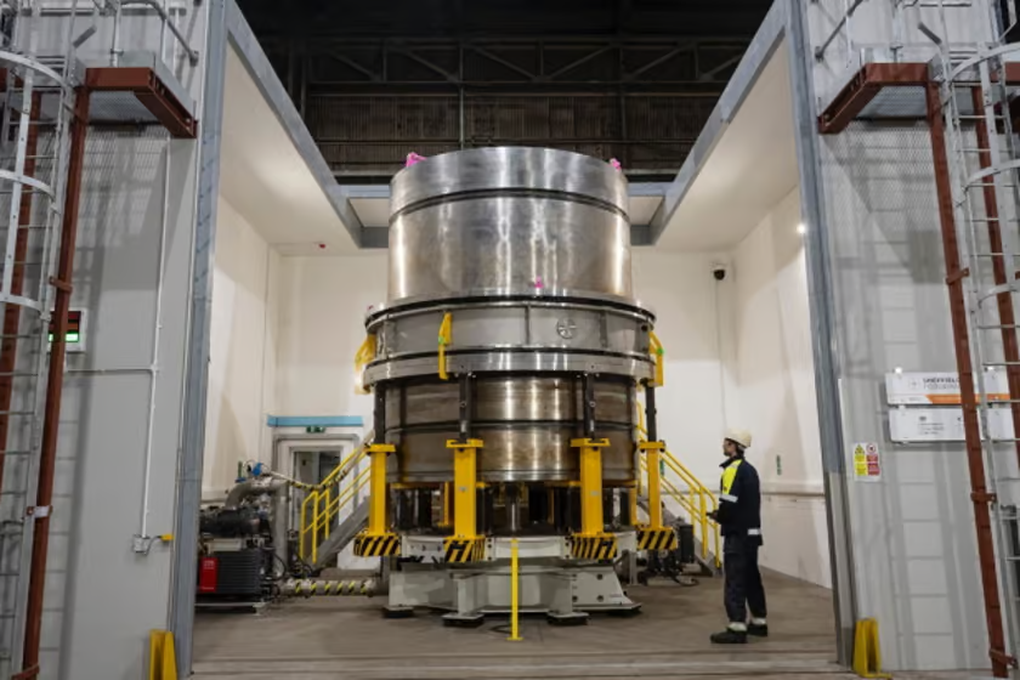
SMR furnaces are the new trend (Photo: Getty).
SMR reactors have a capacity of 300MW or less. The advantages of this technology are serving a variety of purposes, flexibility in location selection, easy fuel transportation, and safer design.
Besides, according to Mr. Linh, this technology does not need cooling water or only uses a small water source, construction time is shorter than traditional furnaces, highly automated, requires less operating personnel, and only needs to be refueled every 3-10 years.
According to Mr. Linh, compared to other energy sources, nuclear power has many outstanding advantages:
- Extremely low CO₂ emissions: Only about 12g/kWh over the plant's lifetime, much lower than coal, gas, oil or even biomass energy.
- The highest power factor available today, up to 92.5%: Helps ensure grid reliability and is in line with the goal of reducing dependence on fossil fuels.
Along with that, owning nuclear power also helps strengthen the country's position in the clean fuel supply chain.
Safety is paramount
The 2025 Atomic Energy Law strictly regulates issues related to nuclear power plant safety.
Mr. Linh emphasized: "The National Agency for Radiation and Nuclear Safety is the "gatekeeper" of nuclear technology to help ensure safety."
Accordingly, this agency is responsible for managing, guiding, controlling and licensing the following work:
- Site assessment, design, operation, decommissioning, waste treatment.
- Environmental radiation monitoring, radiation control.
- Security, safety, nuclear inspection, prevention of illegal acts.
Nuclear power solves green economic problems
At the COP26 Conference, Vietnam made an ambitious commitment: to achieve net zero emissions by 2050.
To realize this goal, in addition to increasing renewable energy, Vietnam needs a stable, low-emission power source to support high-tech industry and well integrate renewable energy sources into the national power system.
The economic growth target for 2025 is over 8%, and for the period 2026–2030 it is double-digit, leading to a 1.5-fold increase in electricity demand. In this context, nuclear power has emerged as a potential option, meeting both the requirements of stable capacity and being environmentally friendly.
At the COP28 Conference, 22 countries, including the US, Japan and the EU, pledged to increase global nuclear power capacity to 1.2 billion kW by 2050, nearly three times the current level.
Many large technology corporations such as Microsoft, Google, and Amazon have also announced investments in this field, in order to meet the huge electricity demand created by AI and data.
Small Modular Reactor (SMR) technology is gaining momentum with over 80 designs worldwide , of which four have already begun construction. SMRs promise to be a major step forward in flexibility, safety and cost savings in the near future.
On June 27, the Vietnamese National Assembly passed the 2025 Law on Atomic Energy, with 99.9% of delegates present in favor. This is an important legal foundation, creating a corridor for the safe, modern and sustainable development of nuclear power.
Source: https://dantri.com.vn/khoa-hoc/2-cong-nghe-duoc-dat-len-ban-can-cho-dien-hat-nhan-viet-nam-20250714171247733.htm


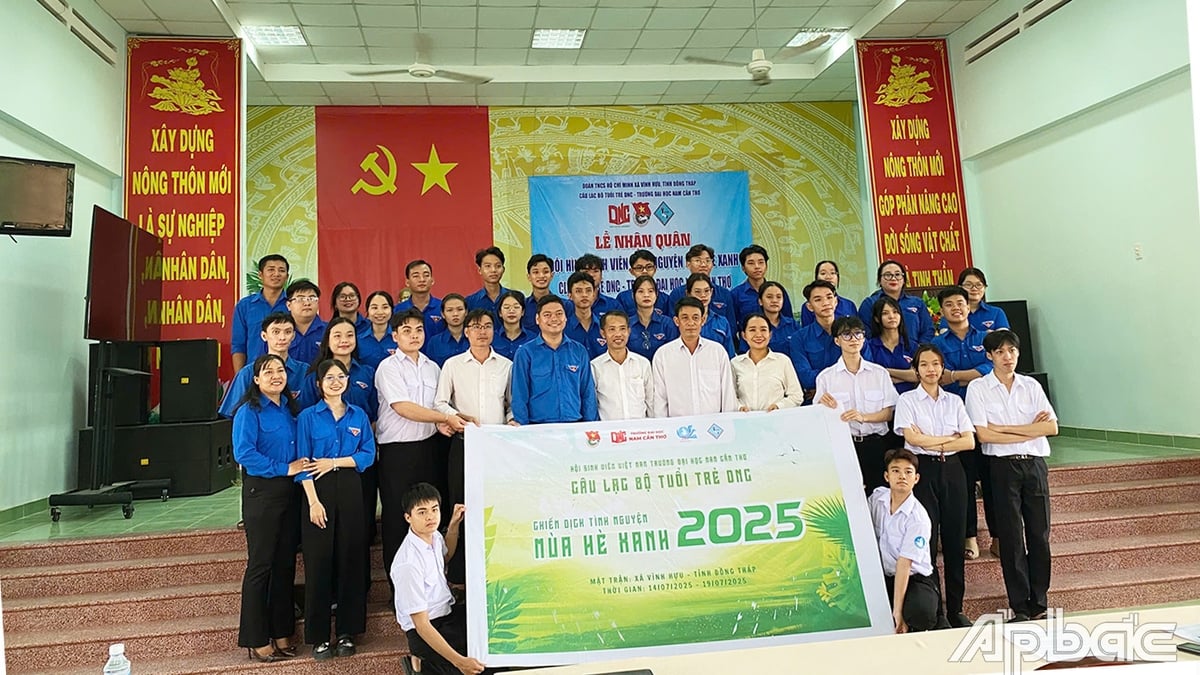



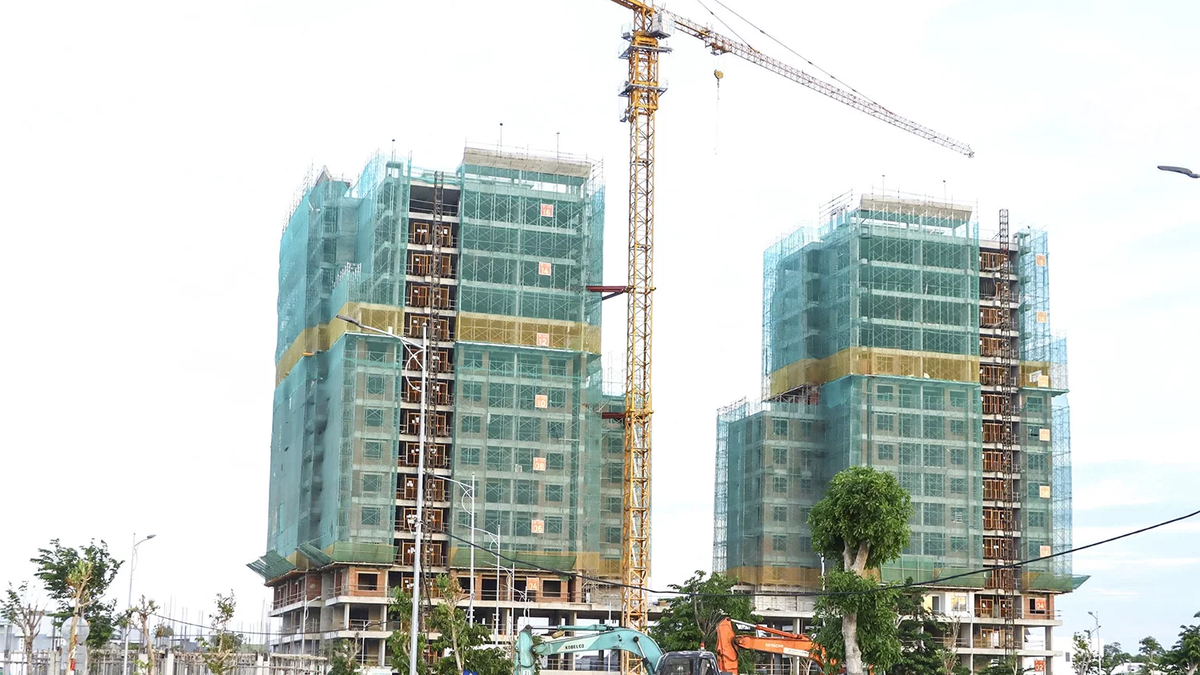

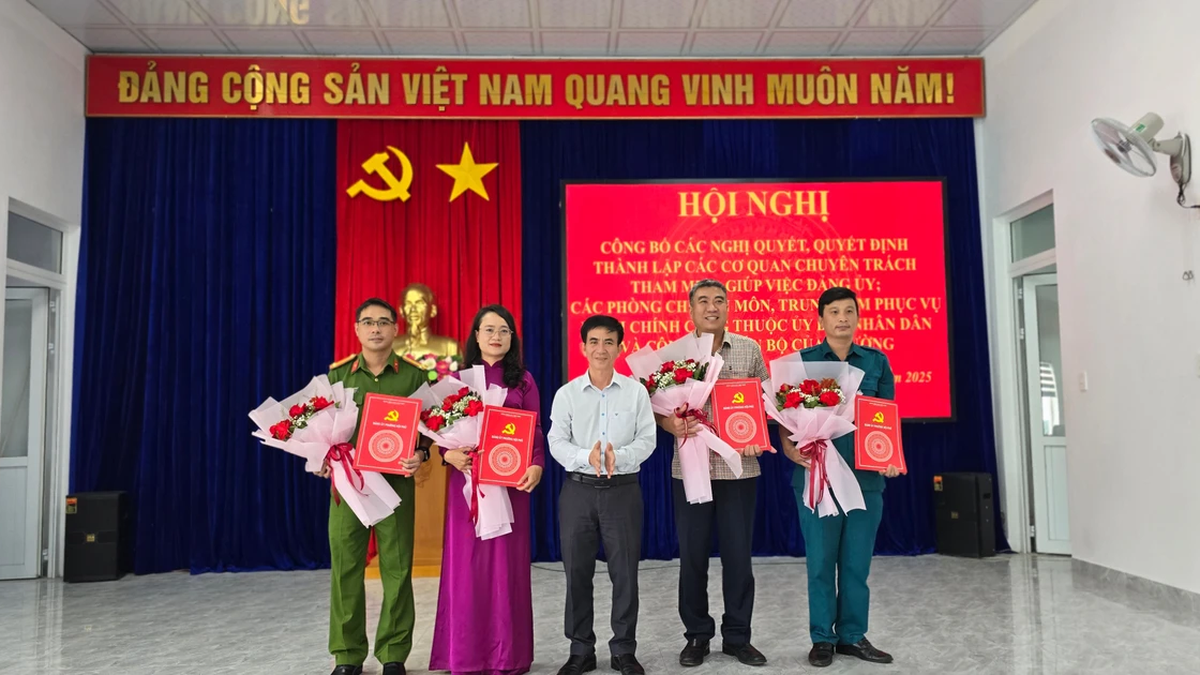
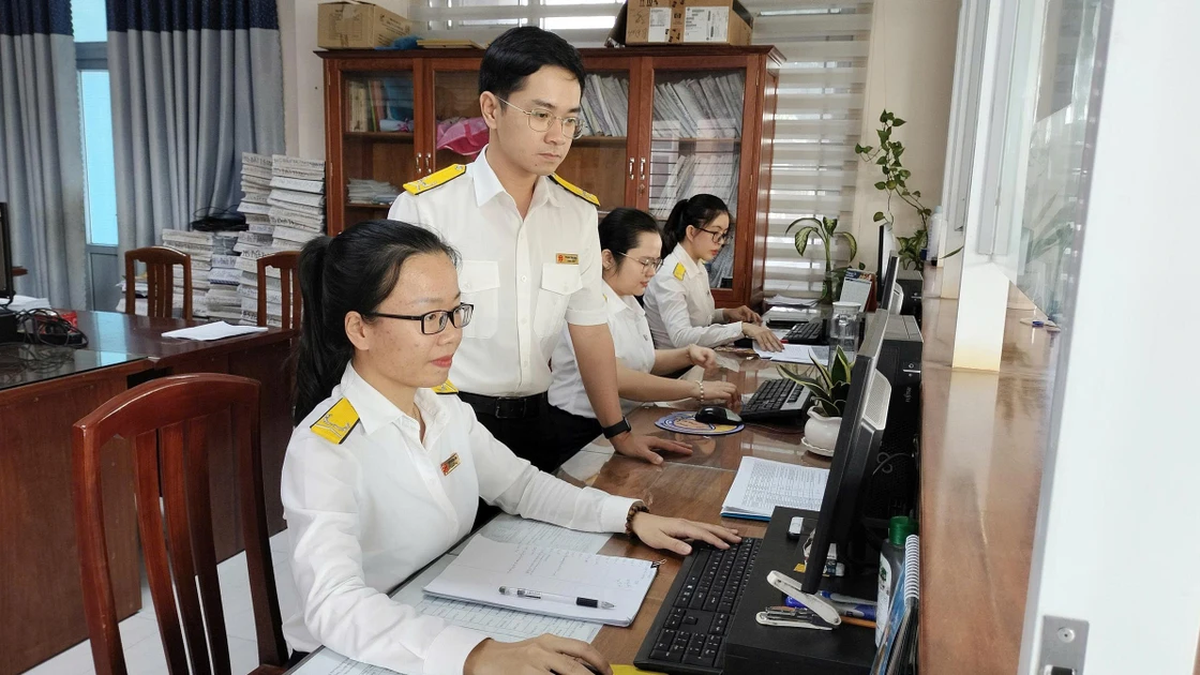
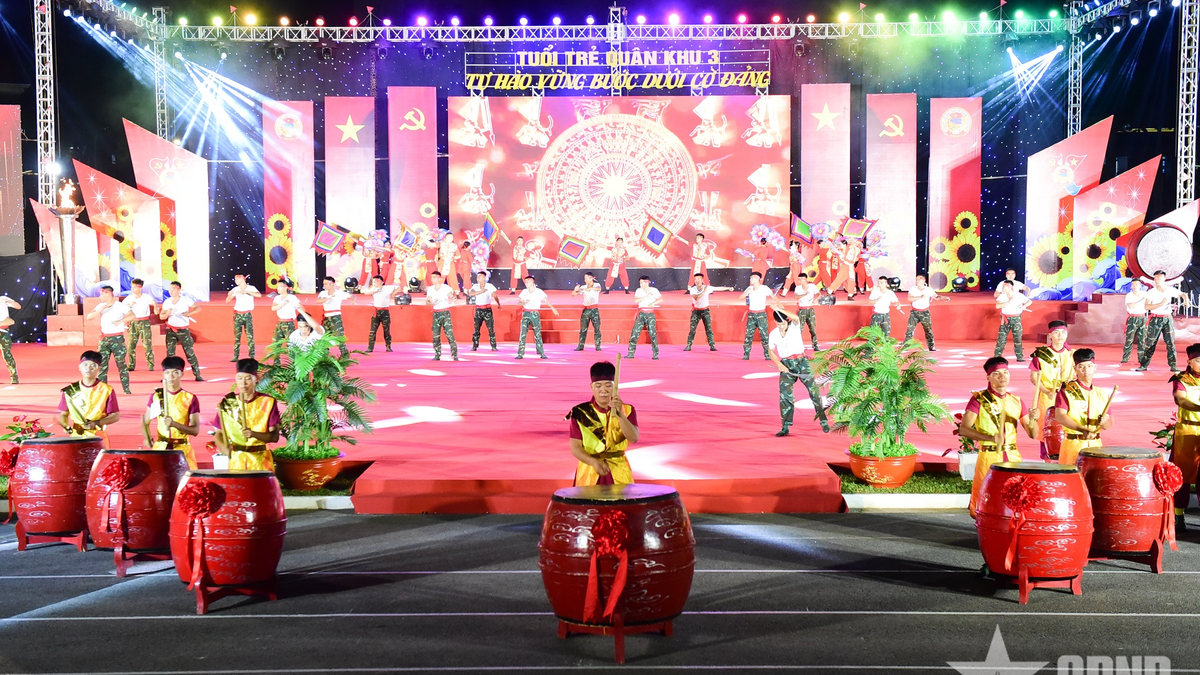







































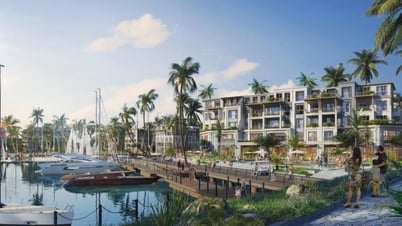


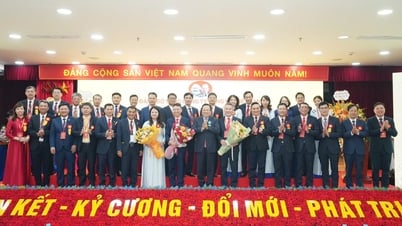








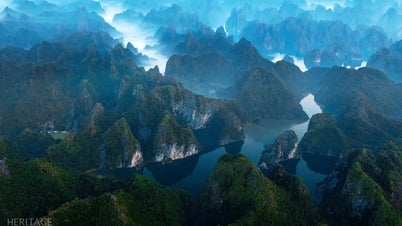
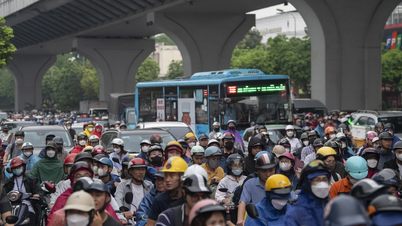
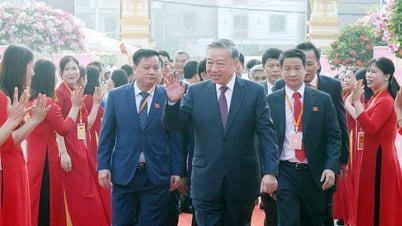
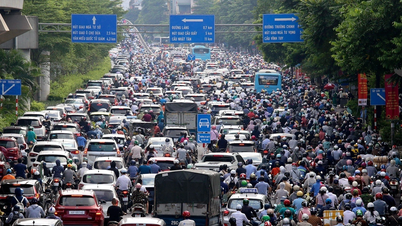

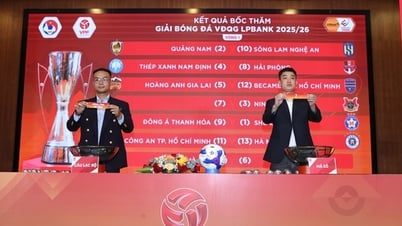



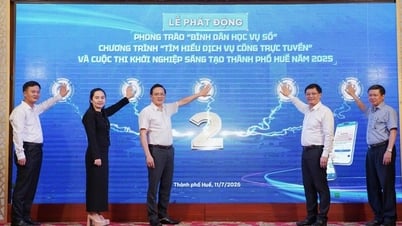




























Comment (0)